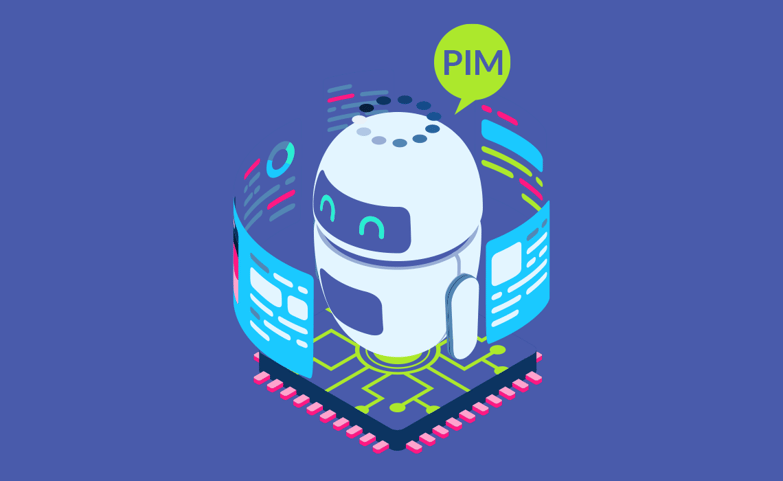A Digital Asset Management (DAM) solution is an invaluable resource for any marketing team, acting as a centralized resource for storing, sharing, and organizing a company’s digital assets – its videos, photos, audio, and other documents. However, in the past, many DAM-related activities had to be carried out manually, sorting and categorizing assets becoming a repetitive and time-consuming task.
That said, newer DAM solutions that leverage artificial intelligence (AI) can significantly reduce the time spent on many of these processes. In fact, according to McKinsey, AI can cut the time spent by employees on such menial tasks by an incredible 40 percent.
Indeed, AI has the potential to offer organizations the power to quickly sort, search, filter, and organize the vast amount of content that resides in their Digital Asset Management. And, of course, AI technology underpins much of the automation used to improve the efficiency of companies across all industries today.
Automatic tagging and analysis
Auto-tagging, for example, immediately removes a huge manual burden from a notoriously long-winded process. In DAM, various descriptive tags are applied to assets in the form of metadata, allowing for more accurate filing, searching, and filtering of those assets. Typically, though, these tags used to be applied manually - and this can take a very long time.
Using a mixture of different recognition capabilities, an AI-powered DAM solution is able to analyze an image and, by identifying the objects or faces contained within, tag it with the appropriate keywords. This way, AI can automatically tag thousands of digital assets in a matter of hours rather than weeks, as would previously have been the case.
Audio and video files can be scanned and automatically classified, too, through the use of AI-powered speech recognition technology. Natural language processing (NLP) is a form of AI that enables computers to understand human language, looking for and deciphering speech patterns, in order to classify and, where required, convert words - or even whole sentences - into text.
What’s more, AI-powered automatic optimization can help analyze your digital assets and offer suggestions on how they could be tweaked or modified to make them work better for your business. And by monitoring the performance of digital assets already in the field, it can also ensure the right assets are optimized for the right channel in order to deliver the content your audience wants to see at any given time.
Greater visibility and control
A sophisticated AI-powered Digital Asset Management solution can eliminate the many hours of manual work that go into tagging, organizing, and filing an organization’s digital assets and can offer marketing teams far greater visibility and control over their assets than was ever previously possible.
It’s perhaps surprising then that very few DAM users have yet to embrace the technology. Although every respondent to a recent survey expressed an intention to invest in AI in the future, only six percent have done so to date – and just nine percent said they planned to do so within the next two years.
Many may not be aware of the possibilities already available to them or are perhaps waiting for the technology to develop further. Either way, those businesses are potentially missing out on an opportunity to save time - and associated costs – and enjoy the more accurate and efficient asset management that AI-powered DAM can afford.



